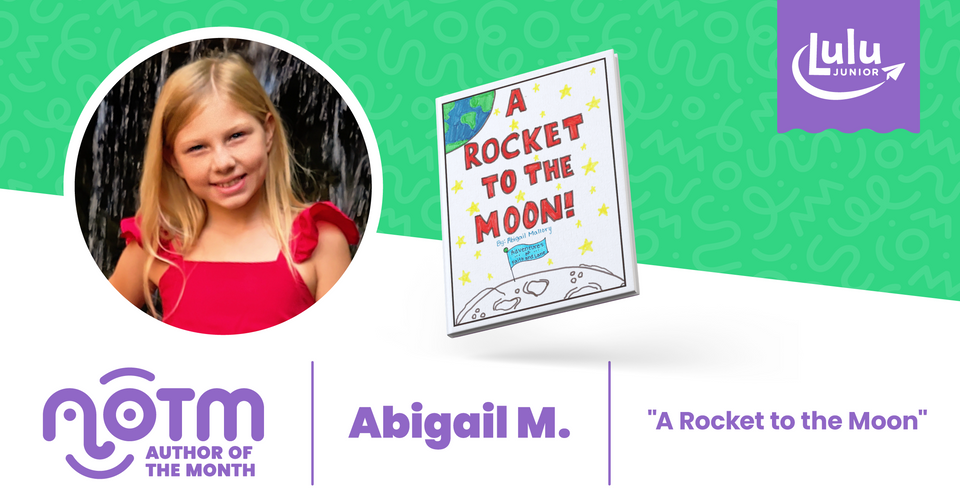
How to Strengthen the 3R's Over Summer
This school year is ending; for many parents they are ready to disconnect from the constant schedule of online schooling at home and others are anxious that their children might be falling behind, unprepared for the following school year.
There are several things parents can do to help their children feel confident and equipped. The key is working on the 3R’s. With a strong foundation in math, reading and writing, a student can conquer the world. The following suggestions won’t take up much time or expense, but the return of this investment over the summer will pay off for decades to come!
As a homeschooling mother to six children, I have learned from many mistakes along the way. Documenting my wins and regrets on youtube, I built a like minded community of parents who also wanted to educate at home, and skip the frustration and burnout. Adopting a methodology that focuses on the 3R’s has allowed us to not only survive but thrive! I have been able to help countless families through YouTube and coaching through homeschoolcoachingwithkaren.com. I also provide free resources, printables and more at ourhousehomeschooling.com. The overall message is to help parents go from questions to confidence, and building a strong foundation on the 3 R’s is essential!
Math
From kindergarten to even middle school, many students still make careless and computational errors. While conceptual errors require more study and review, the former can be eliminated by tools such as graph paper for proper number placement and memorizing math facts. It can seem daunting or insignificant, but this step is crucial. If your children do not have addition, subtraction, multiplication and division facts up to 18 memorized, they will make more mistakes which leads to more discouragement.

We have a resource that systematically breaks up the 705 math facts in an order that is achievable, even for students with learning challenges. This guide also contains a planner section to keep track of the progress for multiple children.
Our House Homeschool Math Facts Flashcard Guide & Tracker
The Our House Homeschool Math Facts Flashcard Guide & Tracker is finally available for all homeschooling families - this guide offers a simple, tried and loved methodology for math facts memorization. It has broken up the 705 math facts into a systematic order that is achievable, even for students with learning challenges.
Shop NowAnother way to cut down on computational errors is to graph errors. Summer breaks can often lead to a child losing newly learned concepts. By consistently working a few problems daily over the summer, the student will retain information better and start the new year confident. A helpful but overlooked tool, is for the student to graph their errors, this will also lead to a reduction in computational errors. By graphing their errors daily, they have a motivation to bring the graph down.
If a concept seems particularly challenging and they graphed a high number, consider the following day allowing them to do half the problems and see if the error rate comes down. A student will soon be able to self-regulate and become more self-taught when they realize when they can push themselves and when they need to scale back. A reward for zero errors is also great motivation!
Our House Homeschool Saxon Math Error Tracking Workbook
The Our House Homeschool Saxon Math Error Tracking Workbook is designed specifically for use in self-correcting, math homeschool curriculum. It helps combat the temptation to be careless with math work. By visually charting their errors after the first attempt at a lesson, it helps with setting goals & serves as an awareness tool for students to try harder to make fewer mistakes.
Shop NowWriting
Writing is increasingly neglected unfortunately. Many colleges explain their frustration in this age of text and emojis that students are not able to properly compose their thoughts on paper. You can help your student by encouraging daily writing. You can let them write about whatever they want, so long as they write every day. As a parent, you can give them feedback when it comes to grammar and spelling, but don’t forget to give lots of positive feedback too. Encourage your child to read the paper aloud to themselves before giving it to you for corrections. This will help them catch their own mistakes when things don’t sound right.

This resource has a section on how to write an essay, a page of frequently misspelled words, as well as a section for students to write their own frequently misspelled words. The rest of this notebook is a regular notebook ready for your student to write and even a section for brainstorming. Keeping loose papers can drive parents a little crazy, but a spiral notebook like this will be a treasure to keep of your growing child’s ideas.
Our House Homeschool Essay Writing Book
An all-in-one convenient essay notebook for homeschooling students. The Our House Essay Writing Book provides a simple how-to guide to writing essays, a list of commonly misspelled words, as well as a section where students can write down their own frequently misspelled words. In addition there is a brainstorm section for topic ideas to create an essay outline and tons of college-ruled paper to start writing!
Shop Now
Reading
One of the best summer activities is reading! However, for many students, reading can bring on anxiety. The best way to work on reading is through phonics and practicing reading aloud. Perhaps the greatest thing a parent can do in this subject is to also read aloud to their child. Reading aloud fosters connections and bonds the family.

During times of change and uncertainty, a regular read aloud time can be very therapeutic for the whole family. Together you can go on adventures all over the world, even with current travel restrictions. Reading aloud will get children excited about books and the places it will take them. After modeling with read alouds, let your child practice reading aloud to you too. The more a child reads aloud, the better they will be at reading and comprehension.

For those that are starting the journey and are intimidated at the thought of teaching a child to read, we have a simple phonics based guide on Lulu. It covers how to teach the 50 basic phonograms. This is an effective approach to phonics and should help you gain confidence in aligning with your student's pace and answering questions along the way. With a strong foundation in phonics and practice reading aloud, you are setting your child up for success!
Our House Homeschool Phonics Flashcard Guide & Tracker
This Our House Homeschool Phonics Flashcard Guide & Tracker will guide you through the process of utilizing the Robinson Curriculum flashcards to teach a child how to read. The purpose of this guide is to compliment the cards and provide progressional outlines of the major phases.
Shop NowWhile many parents are anxious and preoccupied with current events, these simple methods can help either make the transition to homeschooling, or prepare them for the following school year. Sticking to the basics and keeping it simple, is always a great plan to achieving consistency, especially over the summer months.





